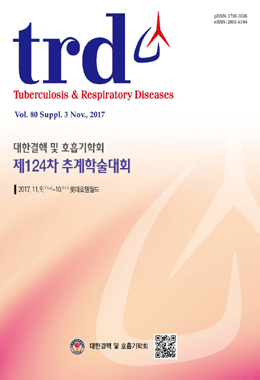Background: Although prognostic prediction scores for pneumonia such as CURB-65 score or pneumonia severity index (PSI) are widely used, there were a few studies in very elderly patients.
ciate with in-hospital mortality of severe pneumonia in very elderly patients.
Methods: During the 6-year study period (from October 2012 and May 2018), 176 patients aged 80 or older admitted to medical intensive unit were analysed retrospectively. Pneumonia severity was evaluated using CURB-65 score, PSI, sequential organ failure assessment (SOFA) scores, A-DROP, I-ROAD and lactate. The outcome was in-hospital mortality.
Results: The median age was 85 years (IQR: 82-88) and in-hospital mortality was 53 (30.1%). Logistic regression showed that chronic lung, need for mechanical ventilation and haemodialysis, do-not-resuscitate (DNR) orders, and multiple lung involvement were independent predictors of in-hospital mortality of pneumonia. Using the receiver-operating characteristics curve for predicting mortality, the area under the curve in pneumonia was 0.64 for the SOFA score, 0.52 for the CURB-65 score, 0.55 for the PSI, 0.58 for the A-DROP, 0.53 for the I-ROAD and 0.65 for lactate.
Conclusions: Prognostic prediction scores did not show excellent discrimination power in very elderly patients with severe pneumonia.


